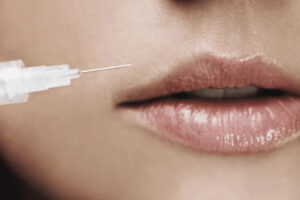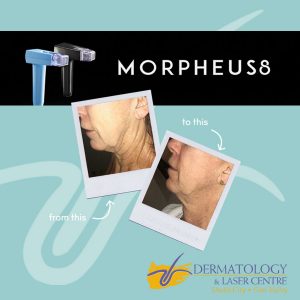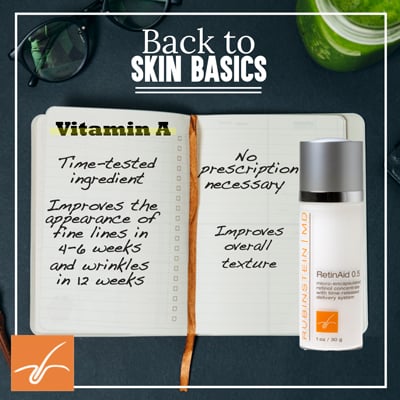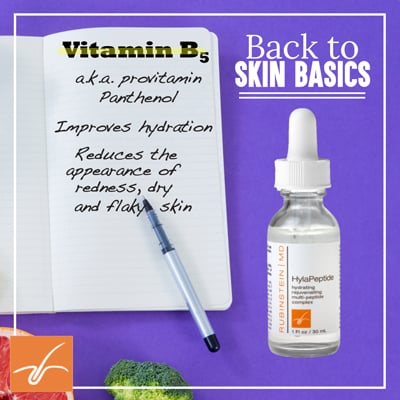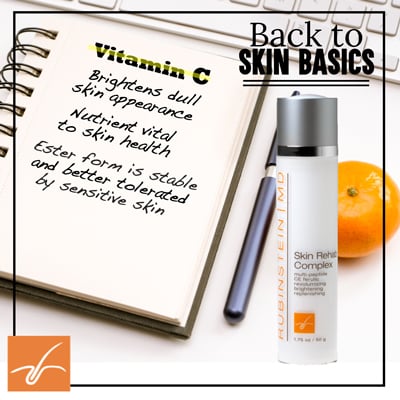Sweating – Hyperhidrosis

What is hyperhidrosis?
For hyperhidrosis (excessive sweating), botulinum toxin works by blocking the nerves that stimulate the sweat glands.* Botulinum toxin is derived from bacteria in much the same way penicillin is derived from mold. Botulinum toxin has been safely used to treat millions of people for more than 10 years for several therapeutic conditions.*
Using botulinum toxin to alleviate the symptoms of hyperhidrosis is a promising new approach.* Research has shown that treating armpit, hand, facial, and gustatory (related to salivation or eating) hyperhidrosis with botulinum toxin is safe and effective.* In recent studies, when botulinum toxin was injected into under arm areas affected by hyperhidrosis, excessive sweating was relieved for several months.* And 28% of those studied, the anhidrosis (or lack of sweating) lasted over a year.*
When treatment of underarm hyperhidrosis with topical antiperspirants has been unsuccessful, botulinum toxin is a highly effective and convenient alternative.* The injections can be performed in a physicians office, require little time, and do not demand any restrictions in work or leisure activity (aside from refraining from intensive exercise or the use of a sauna on the day of the injections).*
It’s important to note that the U.S. Food and Drug Administration (FDA) approved botulinum toxin for axillary hyperhidrosis on July 19th, 2004. It should also be noted that botulinum toxin has been approved for use in hyperhidrosis by regulatory authorities in over half a dozen other countries, including Canada and certain countries in Europe and South America. Keep in mind, also, that it may take several injection sessions to achieve desired results and that during each injection session multiple injections are given in an attempt to cover the entire affected area.* These injections can be painful especially in the palms and soles of the feet.* In addition, although botulinum toxin stops sweating, it doesn’t prevent body odor.*
BOTOX® treatments
Treatment with botulinum toxin for hyperhidrosis requires that small amounts of the protein be injected into or near the sweat glands responsible for excessive perspiration. One of the botulinum toxin products used by doctors in the U.S. is called BOTOX®.
Follow-up injections to maintain the antiperspirant effect are necessary.* These repeat injections may be required at intervals varying from seven to sixteen months.* Injections into the palms or soles may be painful, so a local anesthetic (painkilling) cream or other pain relief methods may be used during the procedure.* Following the injections, full effect is normally achieved within a couple of days.*
Side effects
Side effects of botulinum toxin injections can include small amounts of bleeding into the skin at the injection site and mild temporary weakness of muscles near the injection sites, particularly small hand muscles.* Minor discomfort such as a stinging sensation may be felt during the injections.* Temporary skin rashes, flu-like symptoms, or fatigue may occur within days after treatment.* Temporary bruising is also possible.* These side effects, if experienced, usually go away quickly.*
Underarm injections are easier to give and less painful than injections into the palm due, in part, to softer skin in the armpits.* Additionally, armpit injections are less likely to cause muscle weakness.*
You should not receive botulinum toxin treatment if you have generalized muscular weakness, a neuromuscular disorder, progressive myopathies, or profound atrophy of the targeted area, or if you have been on certain types of antibiotic therapy. Additionally, pregnant or breastfeeding women should not use botulinum toxin, and the injections should not be given if the proposed injection site is infected in any way.”
Treatment may be covered by medical insurance. Coverage depends on your benefits and medical necessity or as authorized and determined by your insurance company. Please schedule a consultation with Dr. Rubinstein today!
*Individual results may vary; not a guarantee.
Explore Treatments We Offer for Sweating – Hyperhidrosis:
Schedule Now Patient Info Guide


